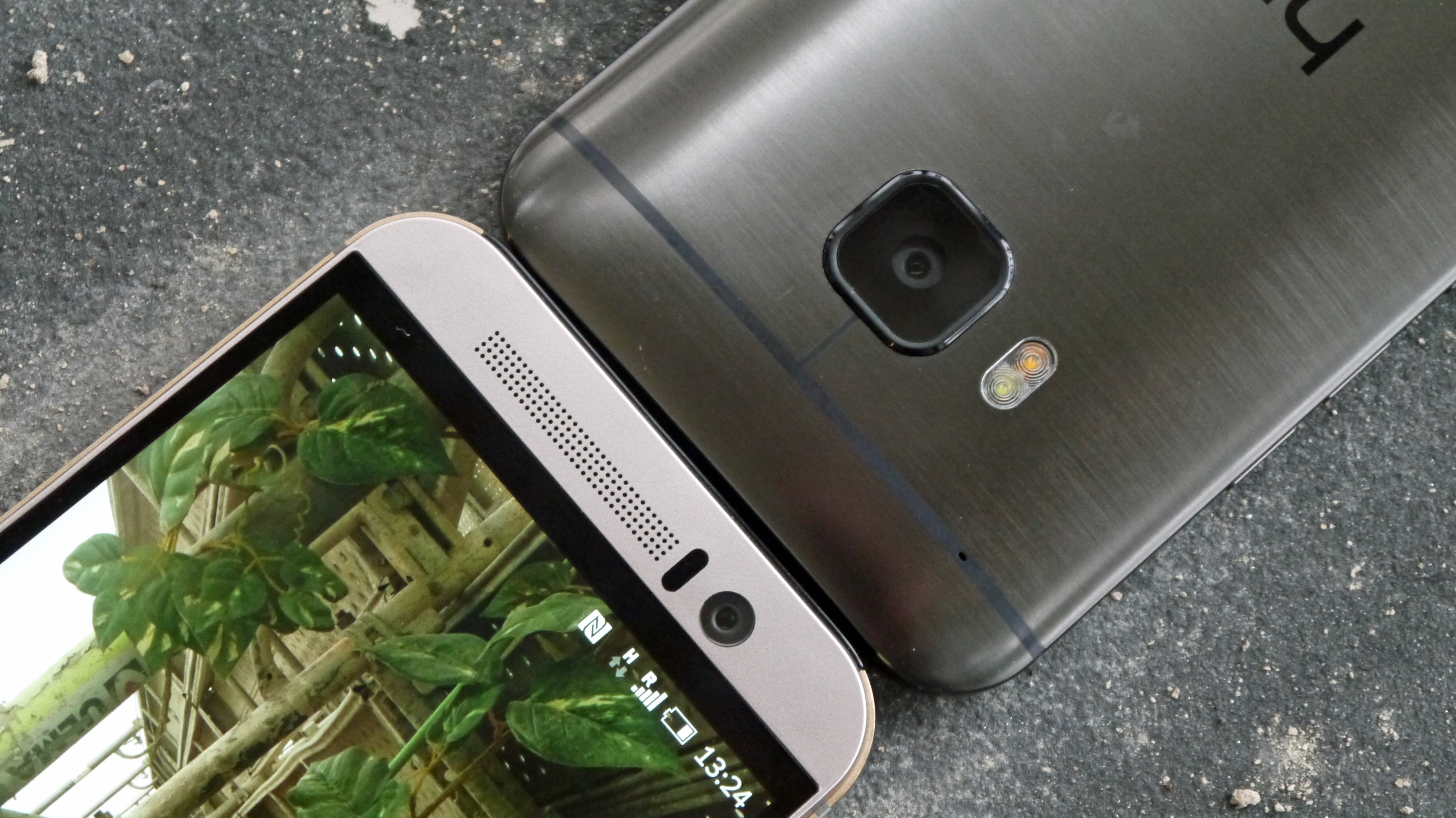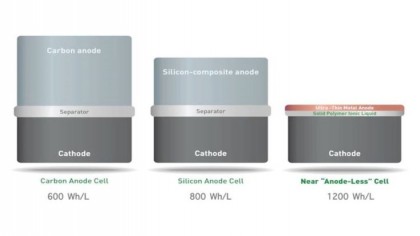The battery revolution starts in 2016 as energy capacity is set to double
It's time to power up

Batteries are the main stumbling block in smartphones - while devices get bigger and more powerful the batteries powering them don't change much. As such, numerous new technologies are being researched, but most of them aren't likely to become commercially available for years if ever.
However, one company aims to bring its battery to market as soon as 2016 and it promises double the energy density of a traditional lithium ion battery.
The tech is being developed by SolidEnergy- a start-up spun out of MIT - and according to DisplayDaily its prototype can store more energy than the battery in the iPhone 6, despite being half the size.
So by creating a unit the size of a standard smartphone battery, it could have twice the energy.
Slimming down
It works by replacing the thick graphite anode material, used by most li-ion batteries, with a super-thin sheet of lithium copper metal foil.
This isn't an entirely new idea, but past attempts have led to rapid capacity degradation and even short circuits, caused by the lithium metal reacting with the battery electrolytes.

But SolidEnergy has seemingly solved those problems by adding a slim layer of solid electrolyte to the lithium metal foil, thick enough to prevent a short circuit, but thin enough that it's still conductive. That means performance isn't effective.
Get daily insight, inspiration and deals in your inbox
Sign up for breaking news, reviews, opinion, top tech deals, and more.
SolidEnergy claims that its prototype can go through 100 recharge cycles while retaining 80 percent of its original energy storage capacity, which doesn't sound amazing, but it aims to bring that up to 300 recharge cycles.
That's in line with what you'd expect from a battery and with the far greater capacity you won't be charging as often anyway.
This isn't the only battery tech that could double smartphone lives, as Dyson is making similar promises, albeit with a different approach.
But that battery is likely to start life in a cordless vacuum cleaner, so SolidEnergy's unit could reach the smartphone market first, as it intends to bring the first commercial version of its battery to market next year for use in smartphones and tablets. In other words we could be very close to a battery revolution.
James is a freelance phones, tablets and wearables writer and sub-editor at TechRadar. He has a love for everything ‘smart’, from watches to lights, and can often be found arguing with AI assistants or drowning in the latest apps. James also contributes to 3G.co.uk, 4G.co.uk and 5G.co.uk and has written for T3, Digital Camera World, Clarity Media and others, with work on the web, in print and on TV.